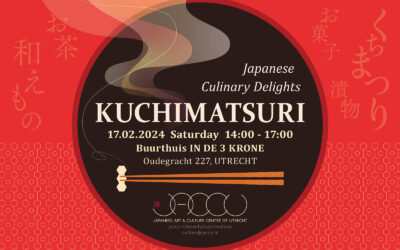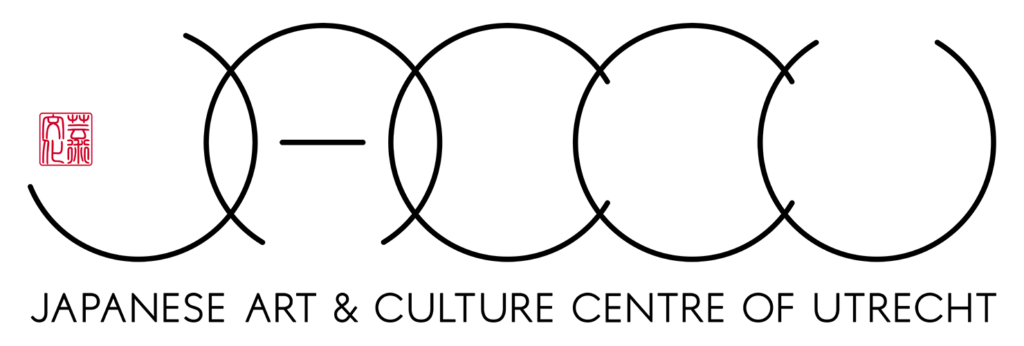Umami, the 5th Taste
The taste of umami [旨み] was discovered by Professor Kikunae Ikeda in the beginning of the 20th century. It was a whole century before the umami taste receptors on the tongue were discovered by scientists in 2002, next to our tastes of sweet, sour, salty and bitter. Umami is a natural glutamate, an amino acid, that produces a savoury and long-lasting taste. It is also manufactured as an artificial food additive that we know as MSG (monosodium glutamate), E621 and others. Umami is a taste enhancer. It is added to many ready-made foods. Because of umami, up to 40% less salt can be used. It is also said that MSG might be bad for your health, and some people are sensitive to it.
Luckily, the very satisfying umami flavour is naturally present in a wide range of foods that can be easily used in our daily food routine. To name but a few: tomato, onion, mature cheese (with Parmigiano Reggiano as number one), mushrooms (especially dried ones like shiitake), truffle, sardines, seaweed and much more.
In the Japanese kitchen, we add umami to our dishes, for instance in the form of soy sauce, miso, katsuobushi [鰹節] (dried, smoked and shaved bonito) and dashi made with kombu [昆布] and/or dried shiitake, natural rice vinegar, different kinds of seaweeds, tsukemono [漬物] (vegetables made durable and extra tasty through fermentation), and not to forget the sweet and salty umeboshi [梅干し] (a salt pickled Japanese plum, which is really a small apricot).
Umami Bombs
I love to “stack” umami flavours to make umami bombs. For instance, small sweet peeled tomatoes marinated for 24 hours in thick tomato juice with a bit of good natural rice vinegar and some sugar. Then serve them with a drop of the marinate and sprinkle them with yukari, a furikake with dried shiso leaf, salt and sugar. You could also add a little bit of dried yuzu peel or a bit of finely grated peel of a salt-preserved lemon.
Before we can use the umami in katsuobushi, the bonito undergoes an elaborate process. There are quite a few YouTube videos explaining katsuobushi. I like this one:
Jeannette Stakenburg, Hoevelaken, January 15, 2022
Jeannette Stakenburg is an expert of Japanese food, born in the Netherlands.
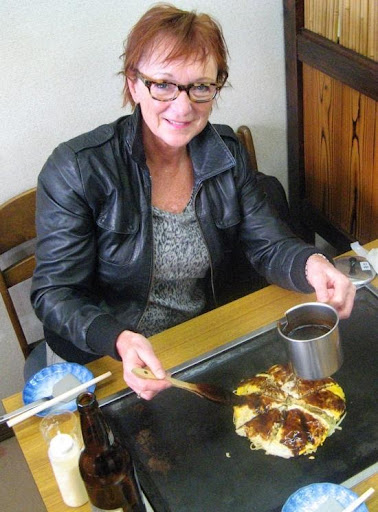
みなさん、
Jeannette Stakenburg と申します。アムステルダムに生まれました。40年前Hoevelakenに引っ越しました。
I had been working for KLM Royal Dutch Airlines for 37 years as a member of the cabin crew. The last 12 years as senior purser. I retired a few years ago after having flown around the world numerous times. The visiting of foreign countries kindled my love of cooking. During the years my culinary hobby evolved, and since 2008 I have been giving Japanese cooking classes on a regular basis and with great enthusiasm.
I got more and more interested in Japan, not only from the culinary point of view but also from a cultural and language point of view. Regular visits to different language schools in Japan allowed me to immerse myself into all of these aspects.
I shall be happy to share with you my experiences with Japanese food in a regular culinary column on JACCU.
NEWSLETTER
NEWS & ARTICLES
Circle Percussion 50th [+1] Anniversary Concerts
Battle for Drums Join us as we celebrate the 50th anniversary of Circle Percussion, Europe's oldest taiko performance group. Established in 1973, Circle Percussion, hailing from the Netherlands, presents an unforgettable musical journey blending traditional Japanese...
KUCHIMATSURI – A Festival for Your Mouth
Japanese Culinary Delights We extend our warmest invitation to join us at "KUCHIMATSURI | 口祭り", an enriching culinary-cultural event hosted by JACCU Bunkakai Team. Taking place on Saturday, February 17th, at the beautiful Oudegracht of Utrecht, this gathering offers a...
Head of Marketing & Communication
JACCU is looking for a Head of Marketing & Communication JACCU, the Stichting Japanese Art & Culture Centre of Utrecht is a young NPO based in Utrecht. Our mission is to disseminate Japanese art and culture in its broadest sense, enriching the cultural landscape of...
Entaku Meetings #2
JACCU Art Platform continues with Entaku Meetings The new project of JACCU Art Platform to strengthen the support for Japanese culture in the Netherlands: a series of Entaku (round table) meetings for artists, makers and creators whose work relates to Japan. After an...
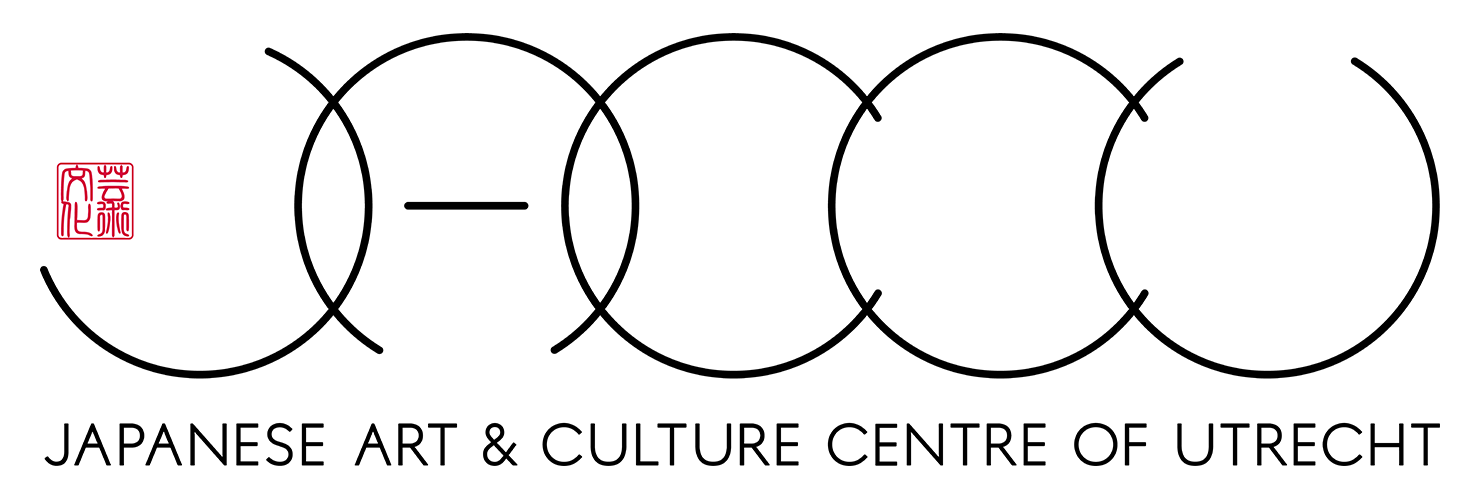

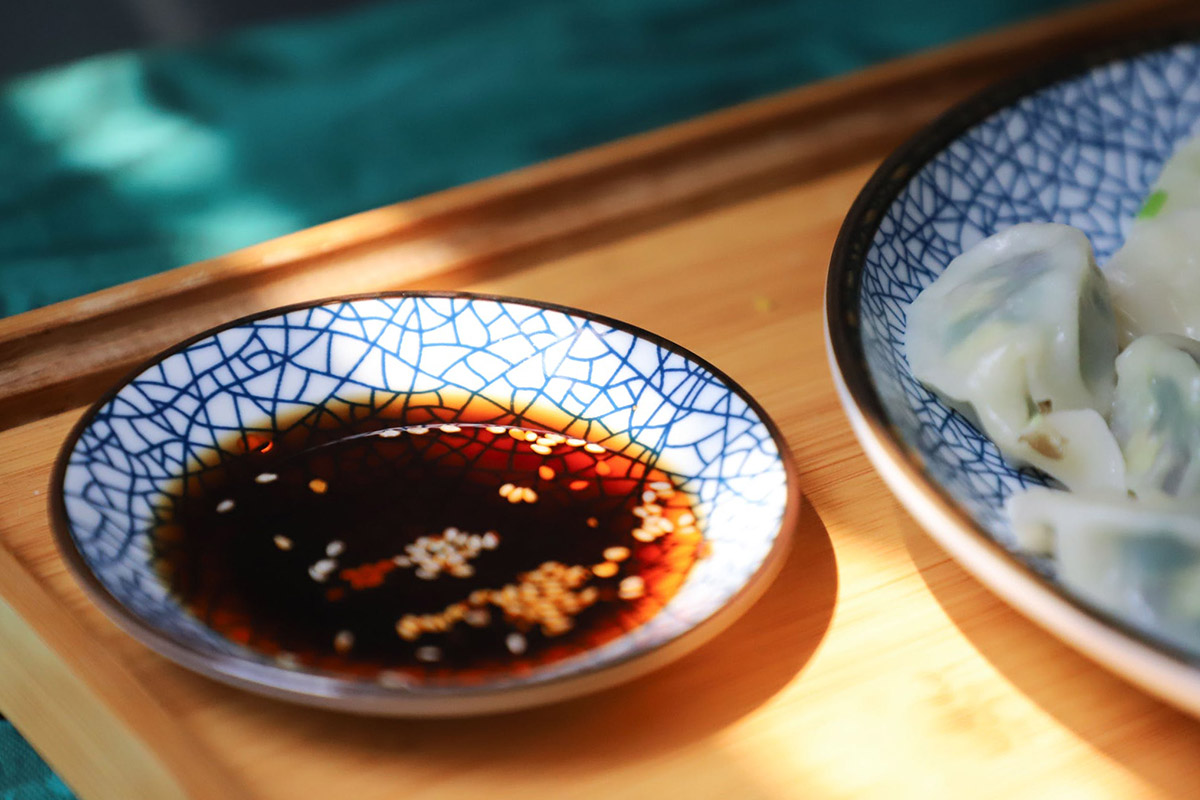
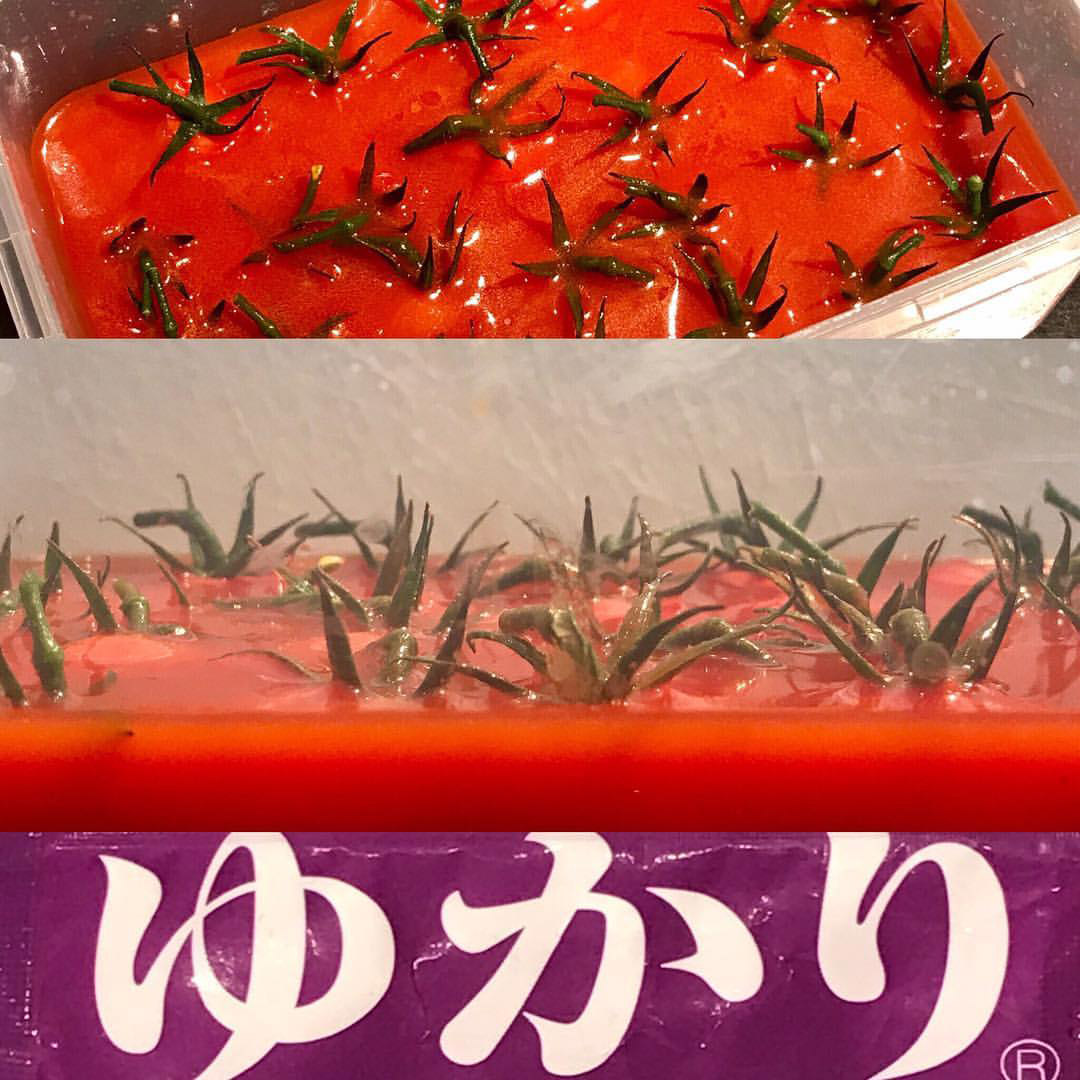
![Circle Percussion 50th [+1] Anniversary Concerts](https://jaccu.nl/wp-content/uploads/2024/03/CP-designs-Website-400x250.jpg)
